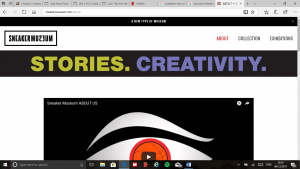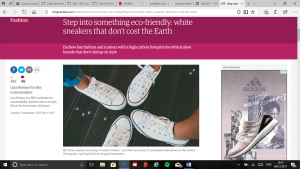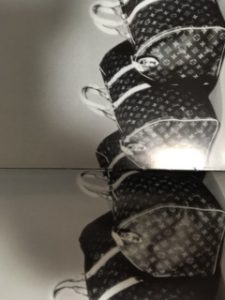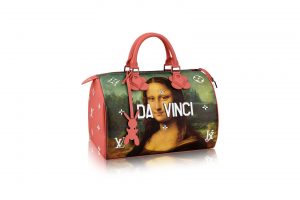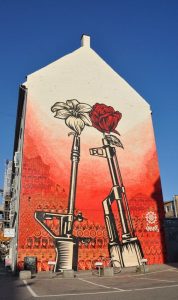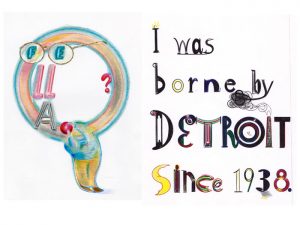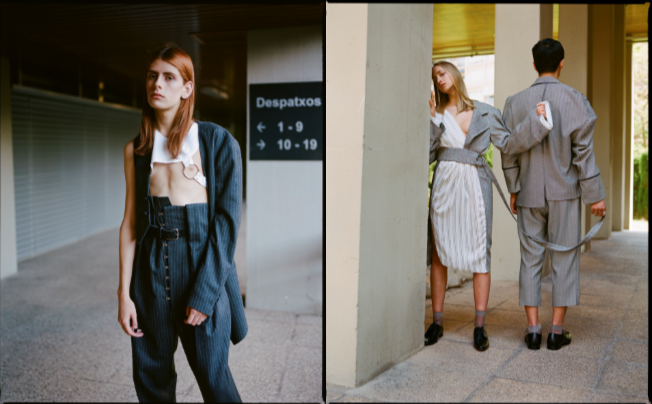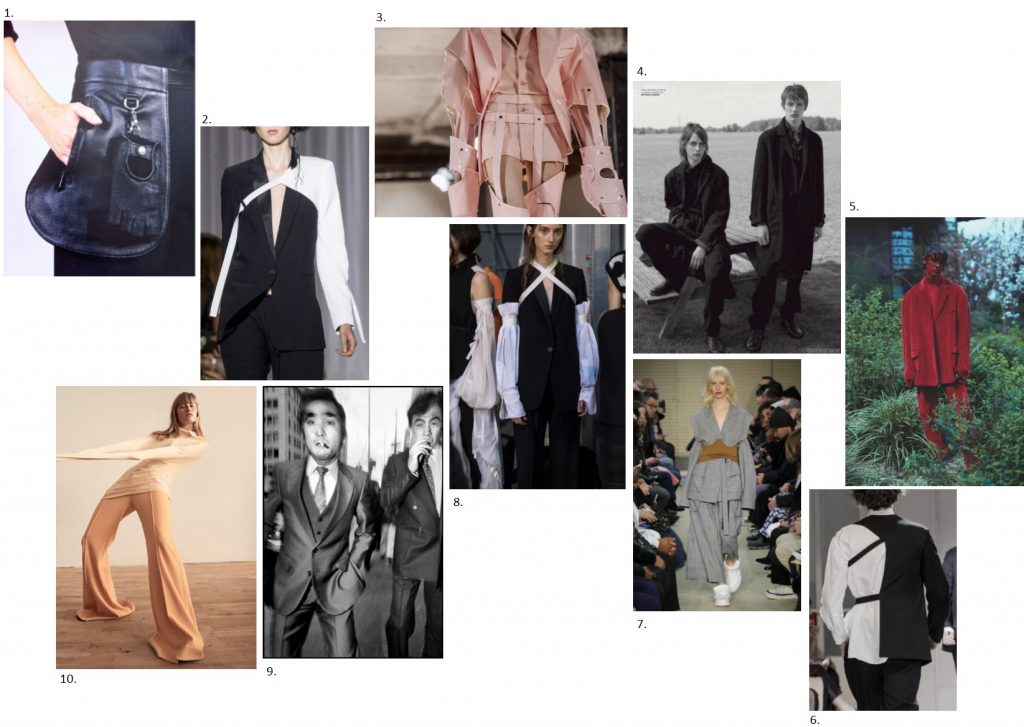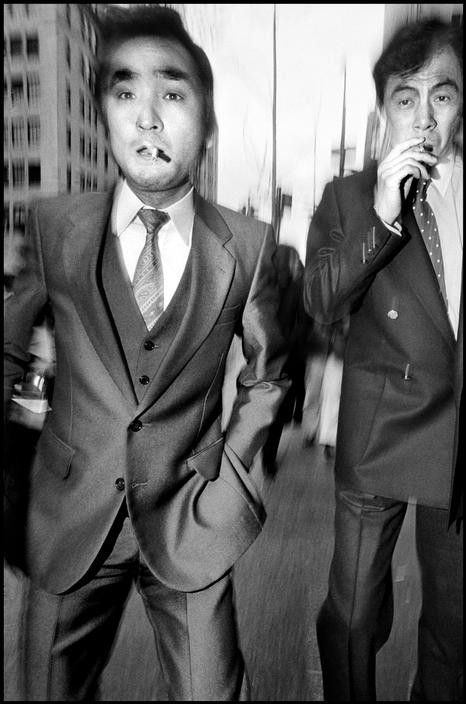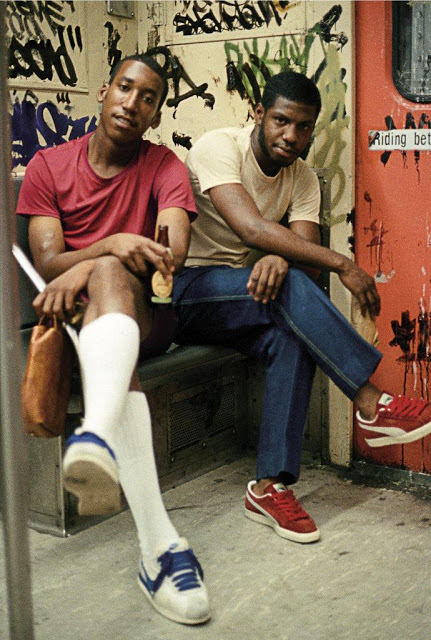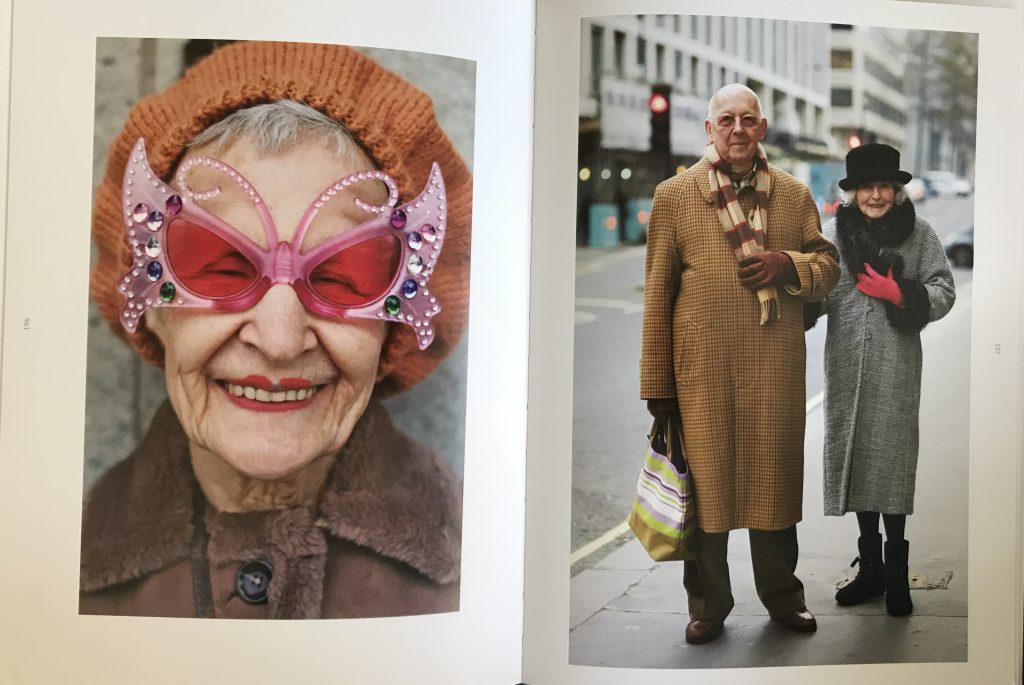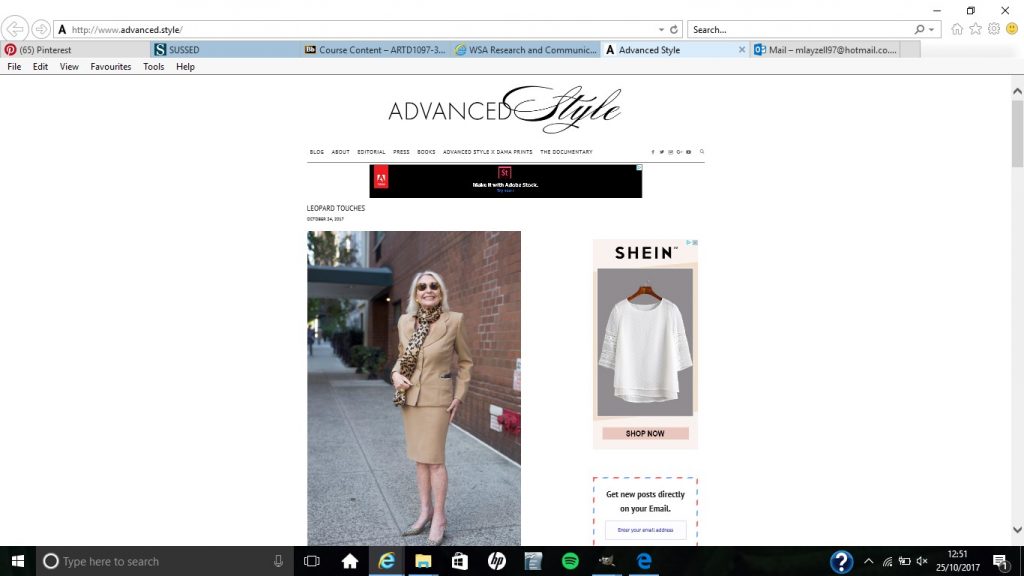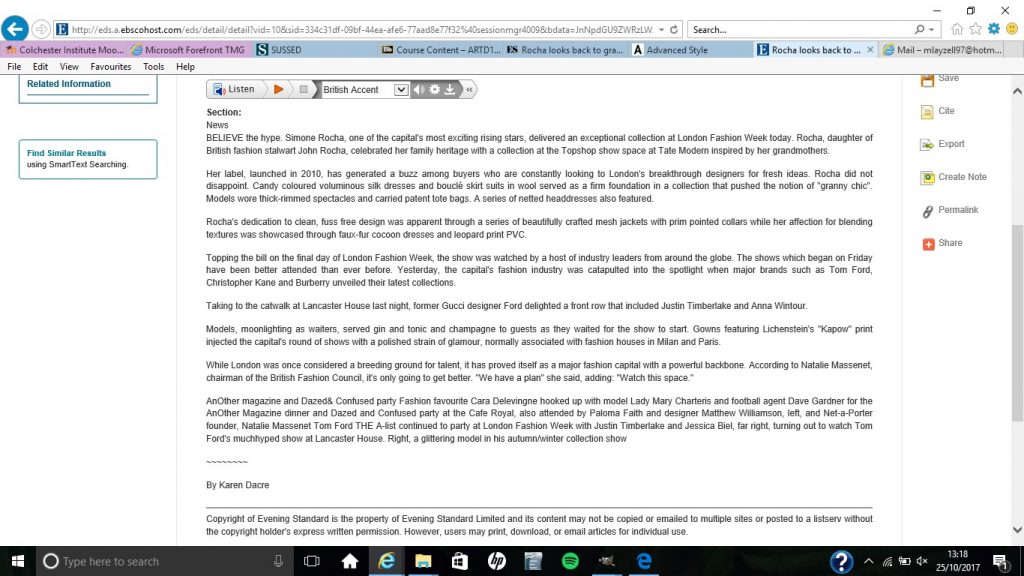Bryce Wong is a contemporary illustrator educated in industrial design. His illustrations break away from the rules of formulaic drawing as would be encountered in the technicalities of industrial drawings; this not only makes his illustrations unique but appears as a counter culture of creativity against the cold industrialisation of drawing [5]. For example his ‘Deep Down’ illustration dissects an iconic silhouette of Christianity’s Mary to reveal a red cracked skull; this breaking down of a widely recognised subject with a creative and jarring red image can be seen as appealing to his audience as countering the culture of iconic art.
[4]
Similarly Graphic designer Armin Hoffman was an influential educator when it came to unorthodox techniques in his time. Hoffman was a proponent of Swiss style and of Modernism that reduced design to the basics of colour and Graphic form.[1][2] In his Giselle poster Hoffman used a soft black and white blurred photograph with a column of clean sans serif Helvetica typeface; very different to the mainstream use of illustration and serif typefaces. The result; his poster and use of the Swiss style has continued to appeal to audiences even 58 years later.[3]

Hoffman took the visual formula that was popular at his time and created a simplified style that has been manipulated to engage the same audience. Wong has done the same on a smaller scale. What is also interesting is the simple use of colour. Both utilise black and white, this has been a key part of engaging audiences in a world where colour is the norm in visual design.
References
[1] En.wikipedia.org. (2017). Armin Hofmann. [online] Available at: https://en.wikipedia.org/wiki/Armin_Hofmann [Accessed 7 Oct. 2017].
[2] En.wikipedia.org. (2017). International Typographic Style. [online] Available at: https://en.wikipedia.org/wiki/International_Typographic_Style [Accessed 7 Oct. 2017].
[3] Heller, S. and Anderson, G. (2016). The graphic design idea book. London: Laurence King Publishing Ltd, pp.12-13.
[4] Instagram. (2017). Instagram post by Bryce “The Sandman” Wong • Aug 7, 2017 at 7:02pm UTC. [online] Available at: https://www.instagram.com/p/BXgOpgBBXK3/ [Accessed 6 Oct. 2017].
[5] Jung, I., Chatschatrian, L. and Kimoto, Y. (2017). Interview with 100FOR10 artist Bryce Wong – 100 FOR 10. [online] 100 FOR 10. Available at: http://100for10.com/interview-100for10-artist-bryce-wong/ [Accessed 6 Oct. 2017].

